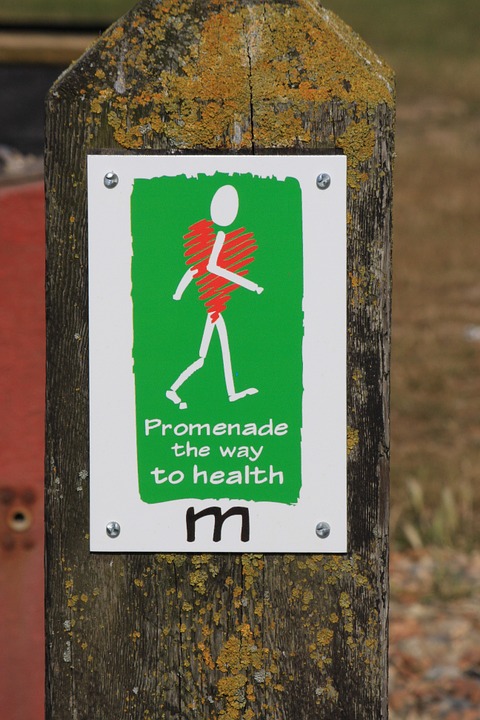How to calculate your target heart rate
Here in Western Colorado we’re blessed with miles of hiking and walking, whether it’s along the Riverfront Trail, surrounded by the red cliffs of the Colorado National Monument, or amidst the quaking aspens of the Grand Mesa. That makes it the perfect exercise to help your heart and and entire cardiovascular system get and stay healthy.

But there is a catch: walking is a great exercise, but to walk at the right pace, you need to know your target heart rate (THR). Your THR is the most effective training pulse for maximum cardiovascular and fat burning benefits, given your age and current level of fitness. Using your THR ensures that you the most benefit from walking and that you’re not over or under exerting yourself. While walking, you will monitor your heart rate and increase or decrease your intensity to hit your THR.
First Things First, Before You Walk
Before and after walking, please stretch, to keep your muscles flexible and injury free. Your walk itself should includes a warm-up, brisk walk, and cool down stage.

Now, How About that Target Heart Rate
To find your THR follow the formula below.
Your Resting heart rate is your pulse when your first wake up in the morning before moving around.
Please calculate your THR using both .60 and .70. It is easier to aim for a range than a specific number.
| Always use 220 here | Your Age | Your resting heart rate | Fitness level | Resting heart rate | Target heart rate | |||||
| – | – | x | .6 | + | = | |||||
| – | – | x | .7 | + | = |
Once you have your THR numbers divide them by 6 to determine your 10-second THR. This will be easier to measure that the 60 second THR.
Check your THR as your walk by taking your 10 second THR, 5 minutes into your walk. If you’re below your target, walk faster. If you’re above your target, walk slower.
Example, if your a 60-year old man in pretty good shape, with a resting heart rate of 55, you would calculate like this:
220 – 60 – 55 = 105
105 x .6 (for the lower end of our range) = 63
63 + 55 = 118
That’s the lower end of our THR in terms of beats per minute. If we divide by 6, then we would measure our heart rate at 19-20 beats every 10 seconds and would make sure our heart rate didn’t drop below that level.
If we run the same calculation but using .7 instead, the THR in terms of beats every 10 seconds would be 21-22.
So our THR is going to be 19-22 beats every 10 seconds.
As you walk warm up by walking normally for 5 minutes to increase your heart rate slowly. Walk briskly for 15-45 minutes. Take full strides and swing your arms easily. Cool down with a 5-minute easy walk to lower your pulse rate safely.
Proper cardiovascular fitness is necessary to ensure a good flow of oxygen and nutrients to your entire body. It is also a great way to complement any treatment a chiropractor gives you to make sure that the treatment will give you the most benefit.
Now go out and enjoy that walk!

